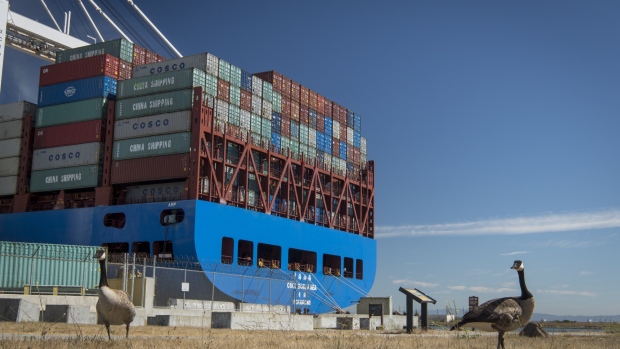Nov 19, 2018
China is paying for most of Trump's trade war, research says
, Bloomberg News

President Donald Trump is succeeding in making China pay most of the cost of his trade war.
That’s the conclusion of a new paper from EconPol Europe, a network of researchers in the European Union. U.S. companies and consumers will only pay 4.5 per cent more after the nation imposed 25 per cent tariffs on US$250 billion of Chinese goods, and the other 20.5 per cent toll will fall on Chinese producers, according to authors Benedikt Zoller-Rydzek and Gabriel Felbermayr.
The trade dispute between the U.S. and China is showing slim hope of abating as the leaders of the two nations prepare to meet in Argentina this month. According to Zoller-Rydzek and Felbermayr, the tariffs will do what Trump has longed for: They will cut American imports of affected Chinese goods by more than a third, and lower the bilateral trade deficit by 17 per cent.
The Trump administration selected products with the highest “price elasticity,” or high availability of substitutes, according to Zoller-Rydzek and Felbermayr. The Chinese products hit by Trump’s tariffs can mostly be replaced by other goods, forcing exporters to cut selling prices to keep buyers.
“Through its strategic choice of Chinese products, the U.S. government was not only able to minimize the negative effects on U.S. consumers and firms, but also to create substantial net welfare gains in the U.S.,” the researchers wrote.
The U.S. is due to raise duties on the largest US$200 billion tranche of goods to 25 per cent from 10 percent on Jan. 1. In retaliation, China has slapped tariffs on US$110 billion in imports from the U.S. and effectively shut off its purchase of key American agricultural exports including soybeans.
With the economic costs shifted to China, the U.S. levies will lead to a US$18.4 billion net gain for the American government, the researchers wrote.
“As the trade conflict escalates, however, the U.S. administration may not be able to restrict its selection to products with high import elasticities,” they wrote. “And U.S. welfare might decrease as more of the tariff incidence falls on U.S. consumers.”




